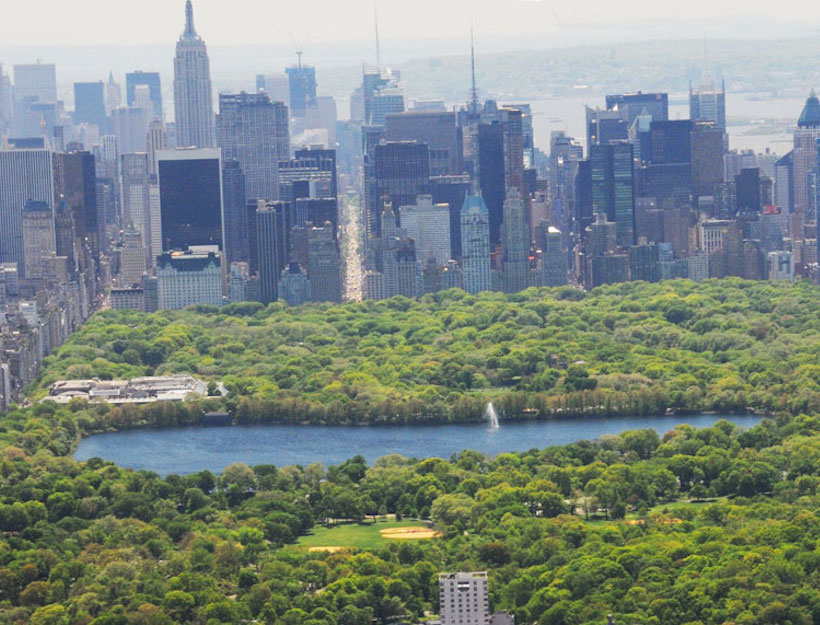Central Park
Urban oasis with iconic landmarks, paths, and recreation
Urban oasis with iconic landmarks, paths, and recreation









"A 550-brand, eight-floor mega-mall, Central Park offers an all-out retail experience with big international brands alongside Thai labels, the country's largest street-food and Michelin-recommended restaurant center, and Thailand's largest Urban Sky Park — a 120,000-square-foot elevated garden of Thai plants, waterfalls, and multi-level views of Lumphini Park and the skyline that’s particularly photogenic at sunset before you head to dinner among the mall’s dozens of restaurants and stalls." - Katie Lockhart, Diana Hubbell

"I find Central Park nothing short of magical: its 843 acres invite walking, biking, and picnicking, and I recommend an early stroll for fewer crowds and soft morning light (beware the off-leash hours of 6 a.m. to 9 a.m.). For a quick route I start at the 77th Street entrance, take in Kerbs Boathouse and the life-size Central Park Boathouse from afar, stop at the Bethesda Fountain where musicians and snake charmers enchant, walk up “the Mall” lined with American elms, and loop back; for picnics Sheep Meadow is perfect, and for running I use the Reservoir track between 86th and 96th Streets (a 1.5-mile loop with panoramic views)." - Hannah Towey

"A bustling metropolis known for its vibrant culture, diverse population, and as a hub for entertainment, fashion, and culinary arts. It's where Woolever navigated the complexities of young adulthood and professional life." - Rebecca Flint Marx

"An urban park where raccoons adapt and thrive alongside human infrastructure."

"A large public park in New York City that becomes a picturesque winter wonderland when covered in snow, providing a serene setting for walks and outdoor activities." - Amelia McBride Amelia McBride Amelia McBride is a Cuban-American journalist and an associate editor at Travel+Leisure, where she covers travel gear shopping trends and product launches.Throughout her decade-long career as a writer and editor,